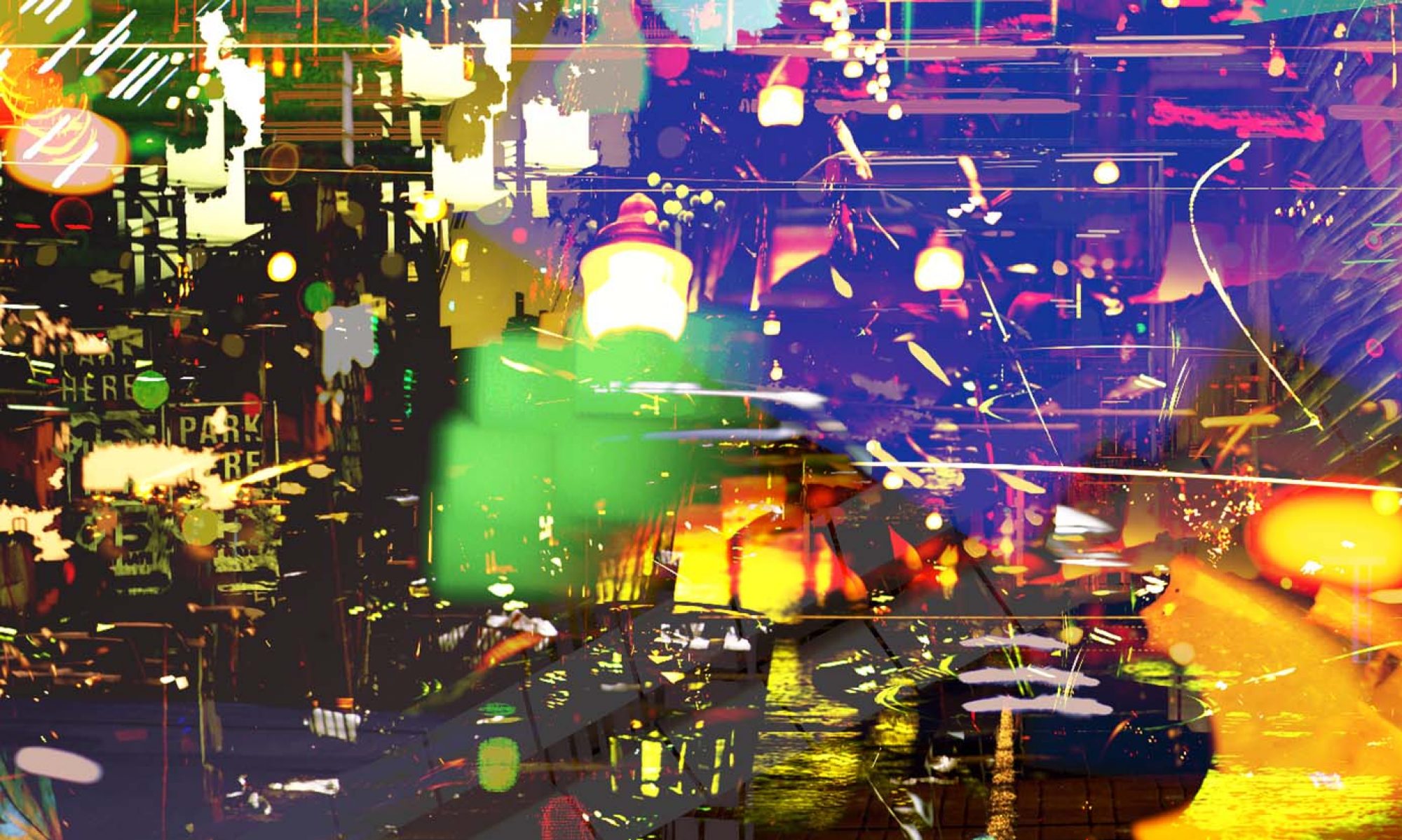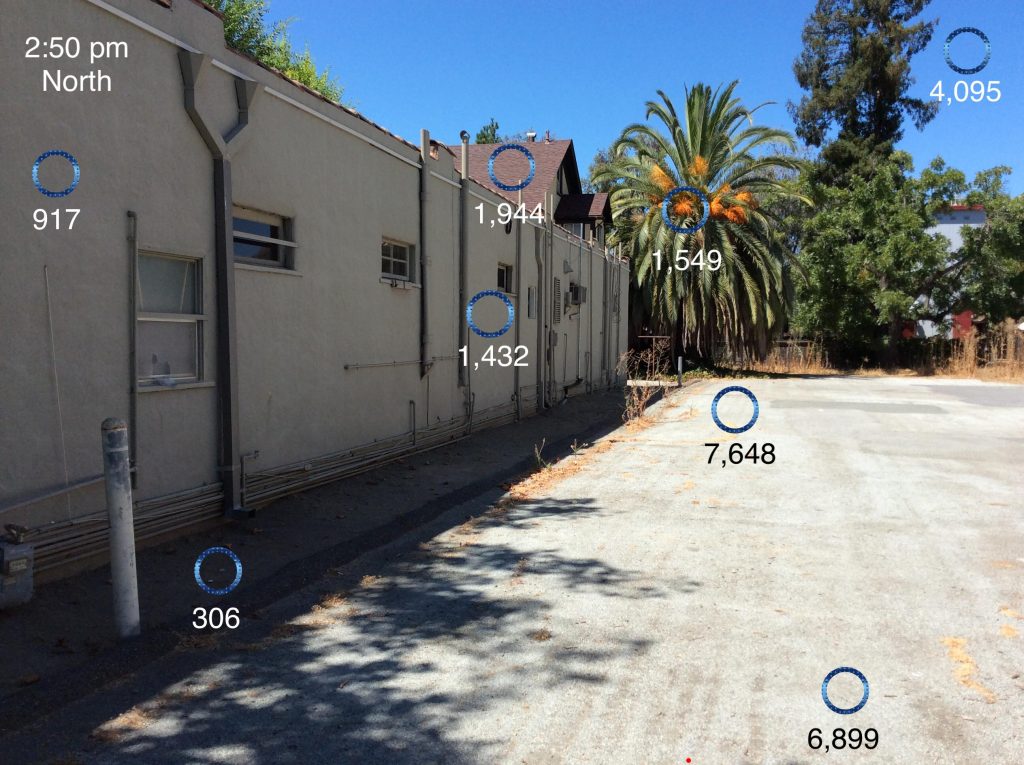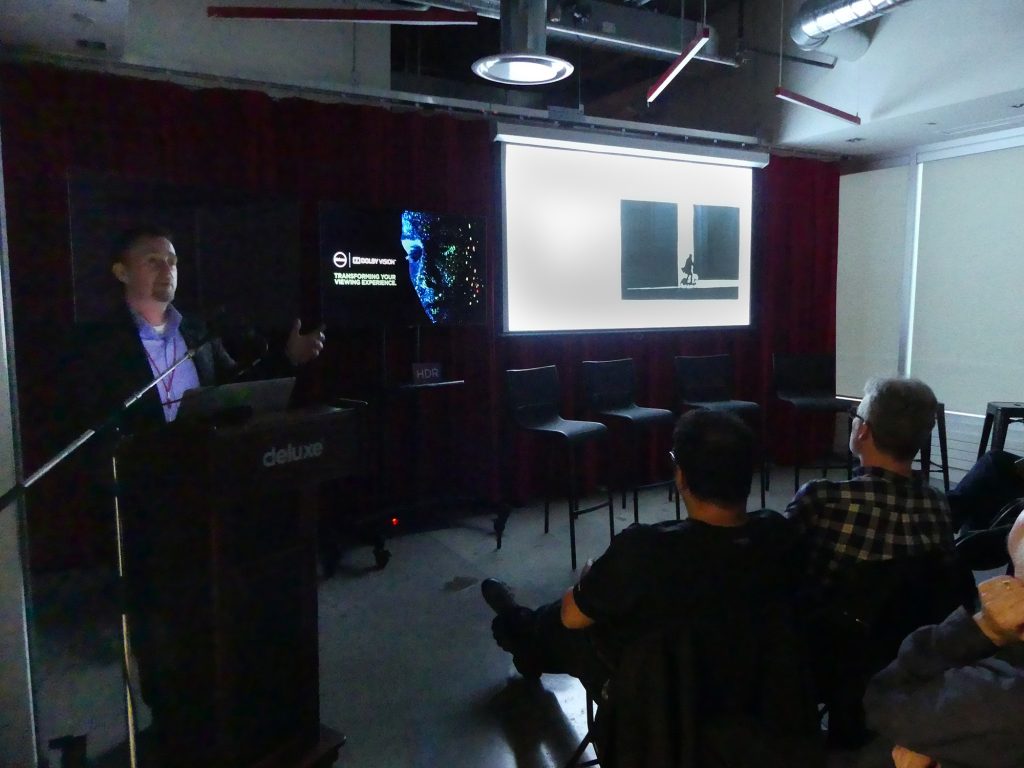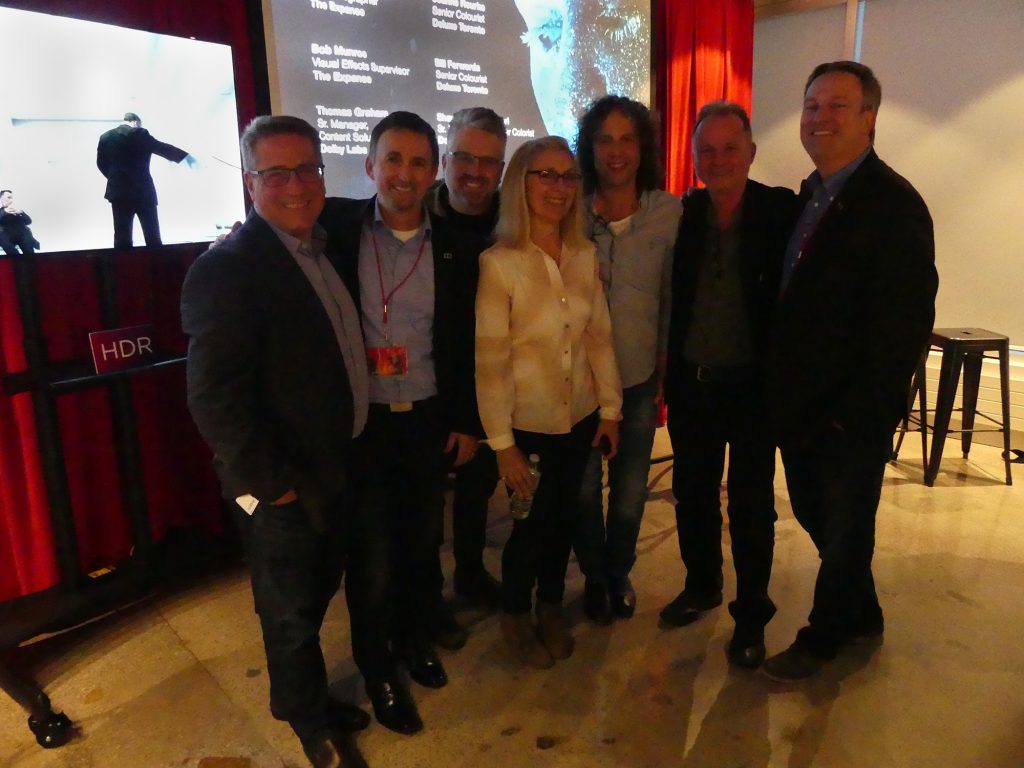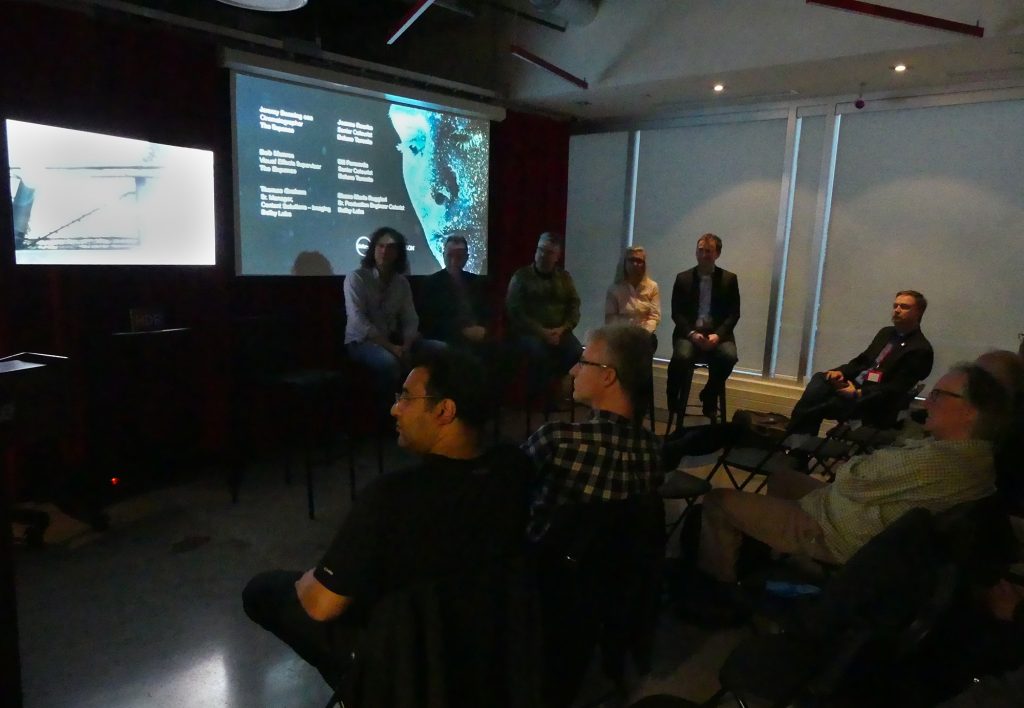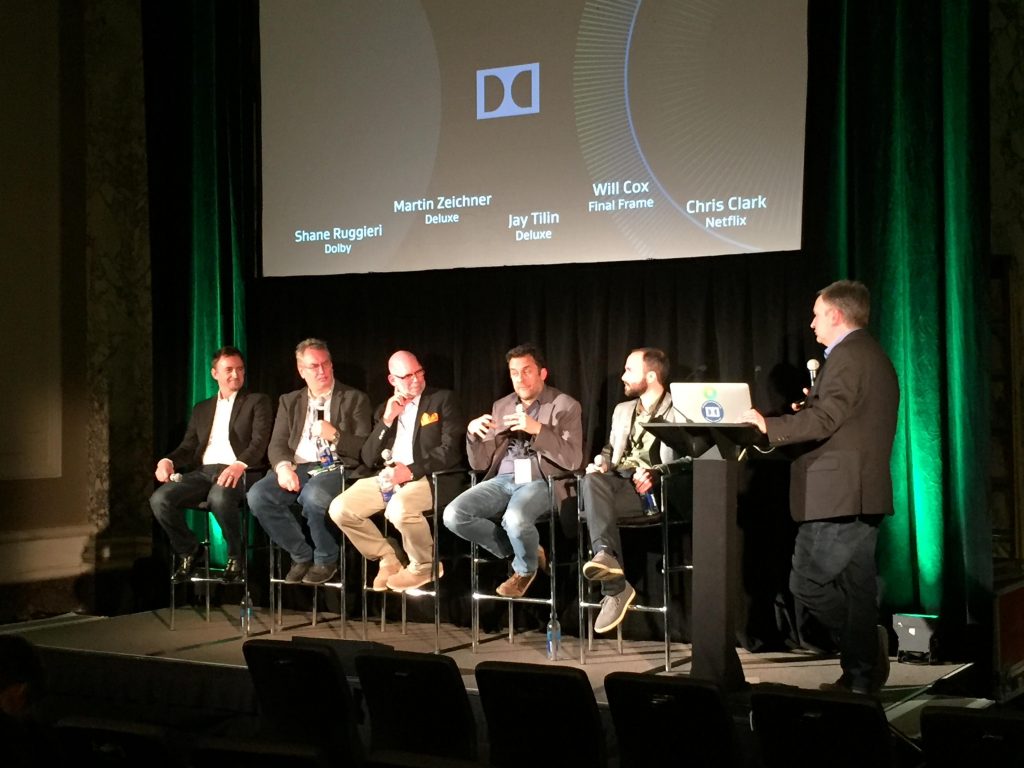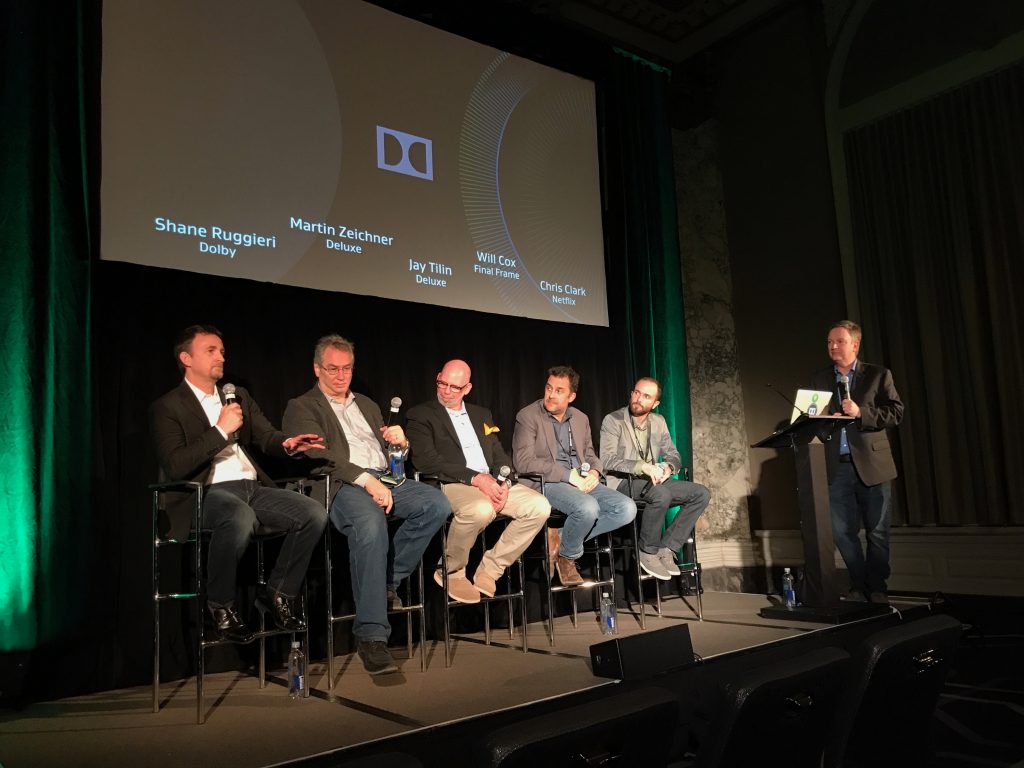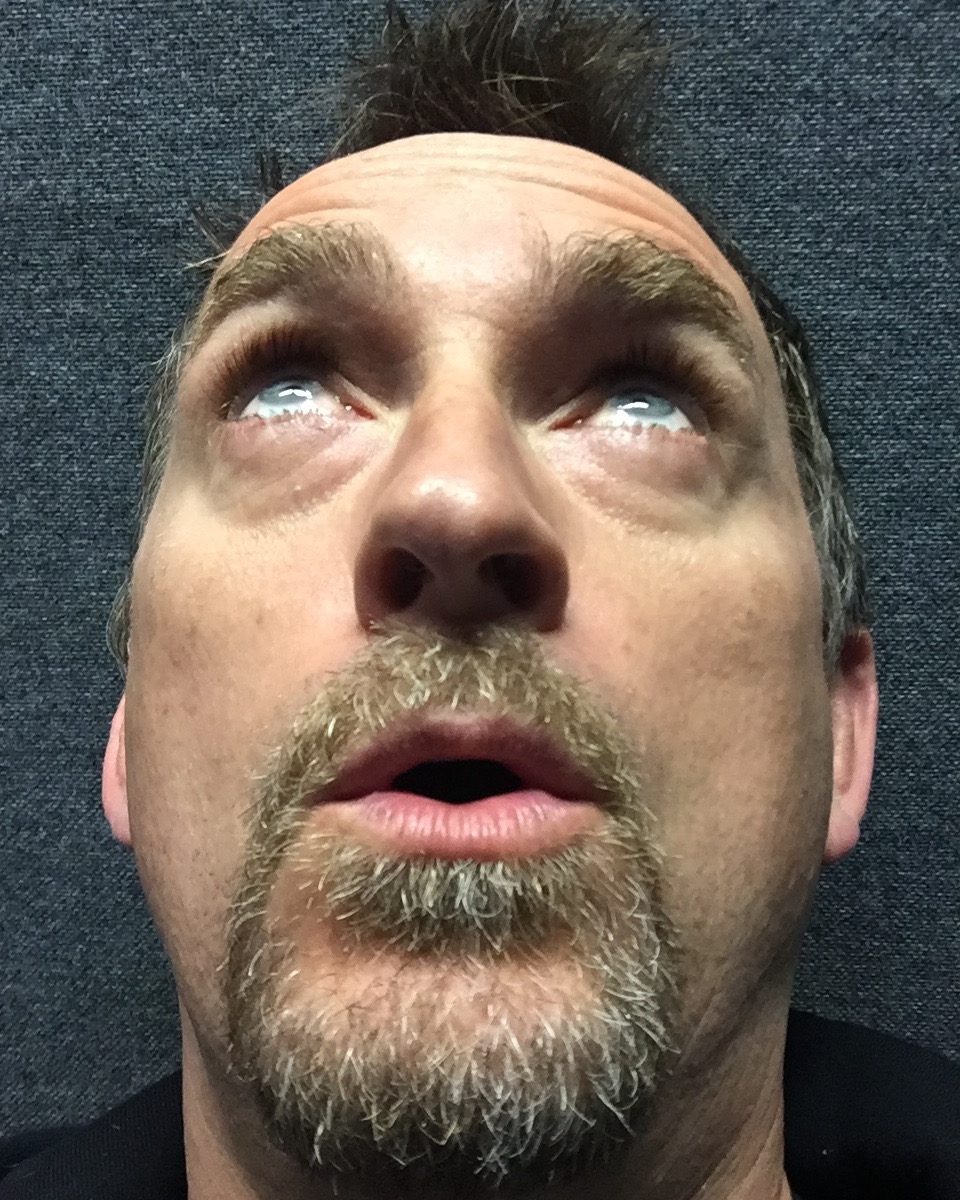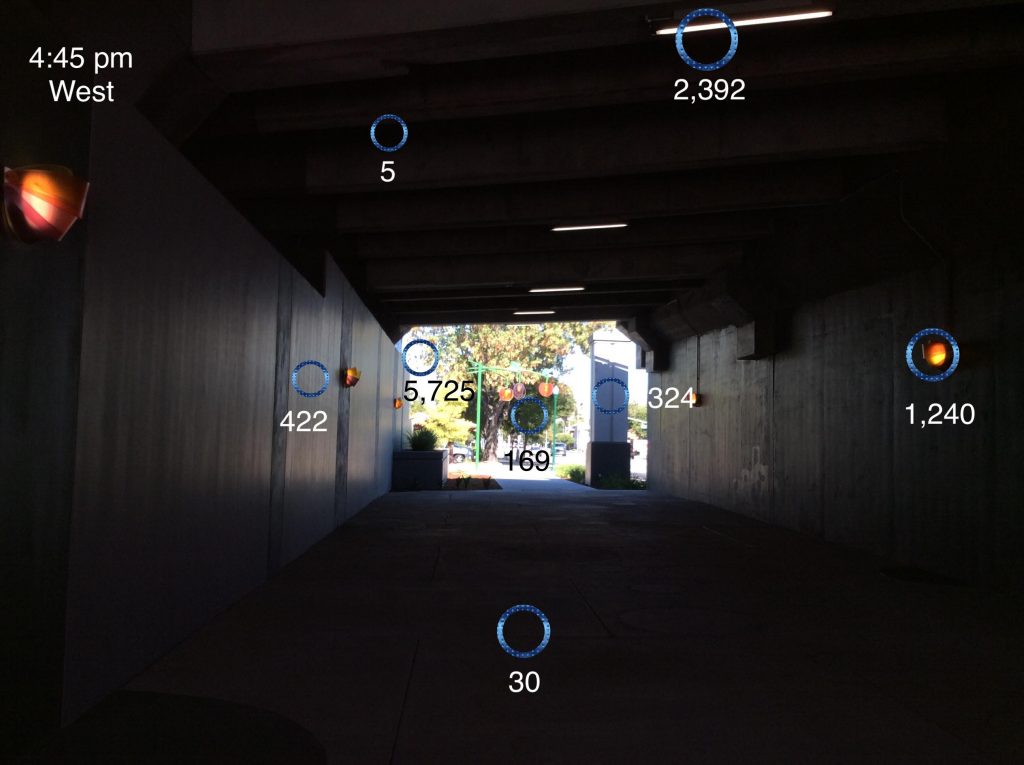
First let me say this is my own opinion and rant, it is not sponsored by Dolby nor does it represent Dolby as guiding these statements… they are mine and my thoughts and my feelings about HDR and Dolby Vision.
Today I was having a conversation with a colleague about the future of content consumption and creation, in that order. I made the prediction that content consumption, location and environment will change and adapt way beyond what we default to today. Where and how we consume media will evolve. Our “optimally dark” viewing environments, home, theater, will one day take on a variable and dynamic image and scene-referencing colors and light-levels.
The industry’s advancement toward the famous “holodeck” will one day provide us with experiences such as walking by buildings with true-to-life luminance and color. Yes, one day we will be walking in winter, snow blowing sideways and right next to us on a building wall of some future display technology will be a true-to-life rendition of a beach: 20,000nits with 1,000,000:1 contrast ratio. The scene will tempt you with the ebb and flowing surf, white fine sand, two palm trunks dangling an empty alluring hammock and a message, head-height, tracking along as you walk. The intimately-tuned message will ask a simple question: “Wish you were here?” and prompt you to say “buy” so it can schedule your upcoming vacation. The image be convincing and offer such a powerful suggestion that in combination with your miserably cold reality you now endure, you will simply be amiss to not acquiesce.
Today HDR is in its infancy. Bold and new ways to use it will emerge. Control over the image will be key, control over the story – fundamental, control over the connection to your senses – essential. These and many other reasons are the reasons why I chose to work at Dolby. Dolby’s Dolby Vision, simply put, is the only HDR format in the world that provides, TODAY, the ability to creatively control your image across all performance tier display devices, putting the control back into the hands of the creatives, taking creative color/light/contrast-decisions out of the hands of the TV manufacturers.
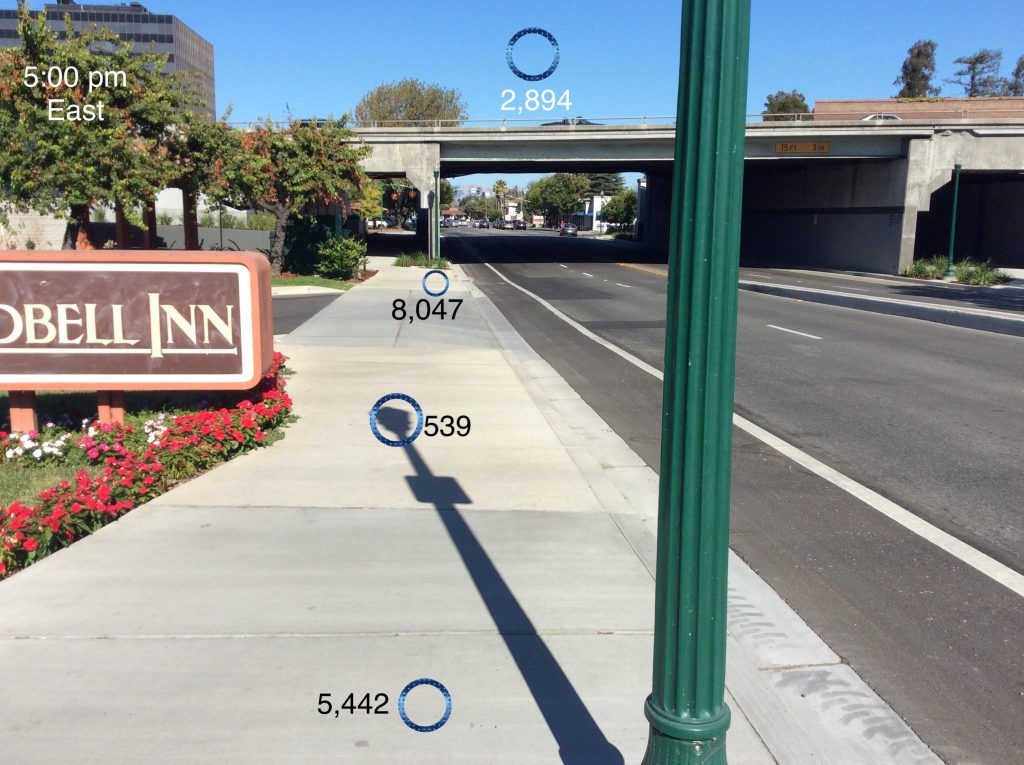
Once HDR is ubiquitous, our entertainment experiences will be at an all time high. Our perceptual and physiological responses will be fully engaged taking us places and through experiences currently only referred to as “science fiction”… these are on the way. But to master them, it takes time, experience, learning, breaking our connection with the 100nit box mentality.
Bold steps, engagement and exploring new frontiers in storytelling are needed to become a master of these new tools. Pushing past the “known to work on audiences” into the unknown to practice with the new tools are needed.
Yes, it’s early days, SDR is still king and driving our storytelling decisions. But one day this will not be the case. The average TV will be HDR. The average person will understand and seek, make and expect HDR. The technology will have succeeded its long-toothed father and ushered in a new and exciting time of truly-relateable luminance and color interactions and beyond into hyper-reality, the unintroduced, future side of the imaging-pendulum swing. This is why I’m at Dolby. I am learning how to tell stories with this medium, exploring what it means to engage an audience at luminance levels unachievable in today’s SDR TV sets.
Tomorrow’s HDR experiences are coming, but it takes today’s lessons and learning to be ready for tomorrow’s storytelling experience. We have over 100 years of experience telling stories at 100nits for TV and 48nits for cinema; we are excellent at it. We have little to no experience telling stories at 10,000nits or more. We live in the realm of 9,000nit skin tone as we see below but knowing what to do with those luminance levels to give an audience a truly new and wonderful experience…it simply is not yet in the grasp of the most advanced storytellers we now acclaim.
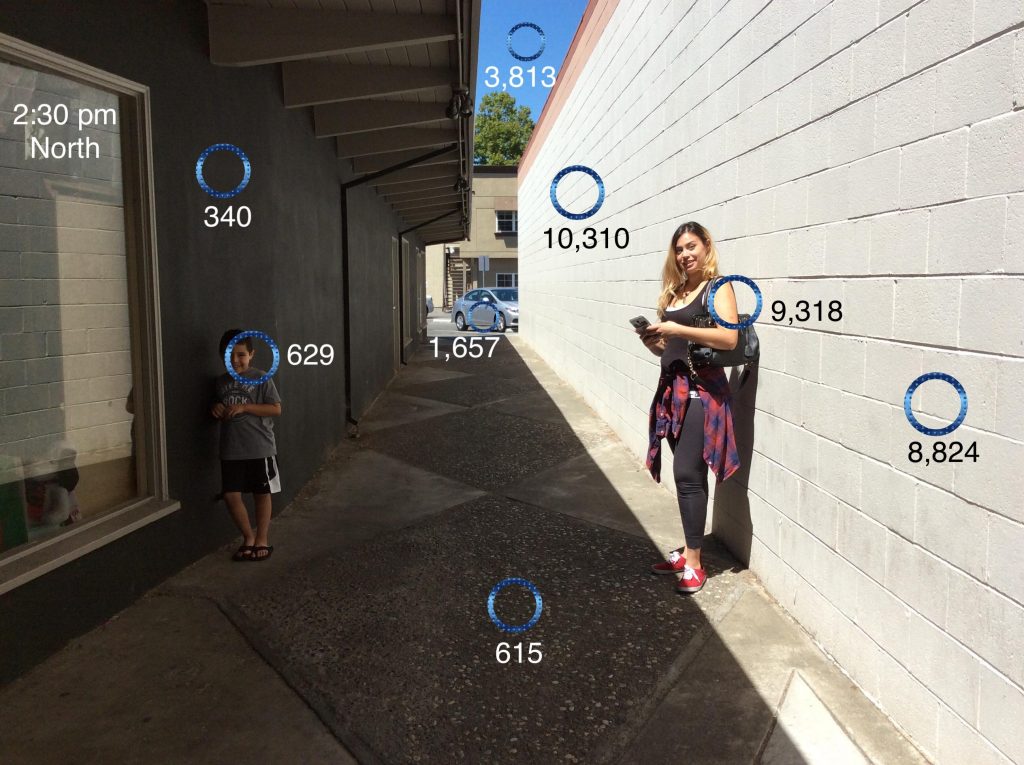
It’s time to start that learning. It’s time to explore and develop techniques to connect and engage audiences with HDR at and above 10,000nits. 1,000nits is a product cycle, impressive as it may be to many, it’s simply a way-stop toward the inevitable reality-levels.
The SMTPE 2084 standard is 10,000nits. Let’s not allow technology to restrict our minds from pushing and learning how to tell stories with a current standard. Find your Bold, your Excitement, your Daring, your Visionary within you. Explore it, learn it, develop it, push it into our reality, demand it from your products, manage it in your advertisements, use it in your quest for new and exciting experiences.
HDR is here. It’s real. It can be found all around you everyday indoors and outdoors. I want it in my media. I want it in my environment. I want it to blur the lines of reality and fabrication to provide me a safe and fun heightened experience with storytelling. And that is why I’m excited about HDR and in particular Dolby Vision’s control over the image.
Go out there, examine your reality of light levels. Measure just how bright things are in your world. Even my “dark studio” has 4 x 3,000nit sconces that are in my line of sight and as I move around the room, have conversations near and under or far and tangential to them, they engage me in a fluid way not utilized in SDR today. Skin in the sun is 9,000nits. Depending on where the sun is, sky’s hover around 1,800-6,000nits. shadows on a sunny day are 600+nits – SHADOWS… indoor lighting is 7-8,000nits… your world is HDR.
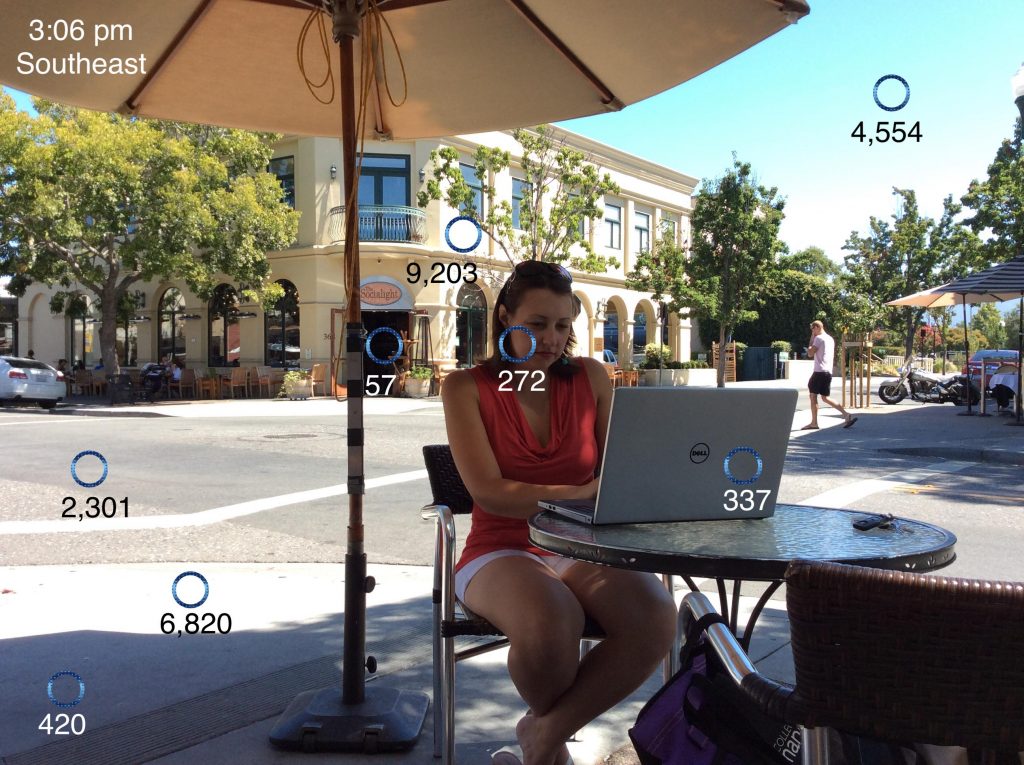
Rather than accepting that you must normalize it for a 100nit or 48nit delivery, explore the relationships reality-light begs, demands, and creates in its presence in your daily existence. It plays a role that we stunt for our 100/48nit deliveries. Break free of your 100nit box and study it for its true role in your experience. These roles are waiting for you to use them as parts and players in the new world of HDR storytelling.
Get out there, learn, experiment, explore and demand more from your storytelling tools. Find out what HDR (High Dynamic Range) really means – not the marketing babble, but what in reality is your experience of HDR. Whether you brace for its impact in your stories of tomorrow or dig in to be one of the storytellers, HDR is the future you will experience soon. My hope is that you experience it in Dolby Vision as it’s the best experience you can have today when it comes to an HDR experience.
…and thus ends my soliloquy. Thank you for investing the time reading my opinion. I encourage you to break out of your 100nit box by going outside and with new focus, explore your interactions with light.
